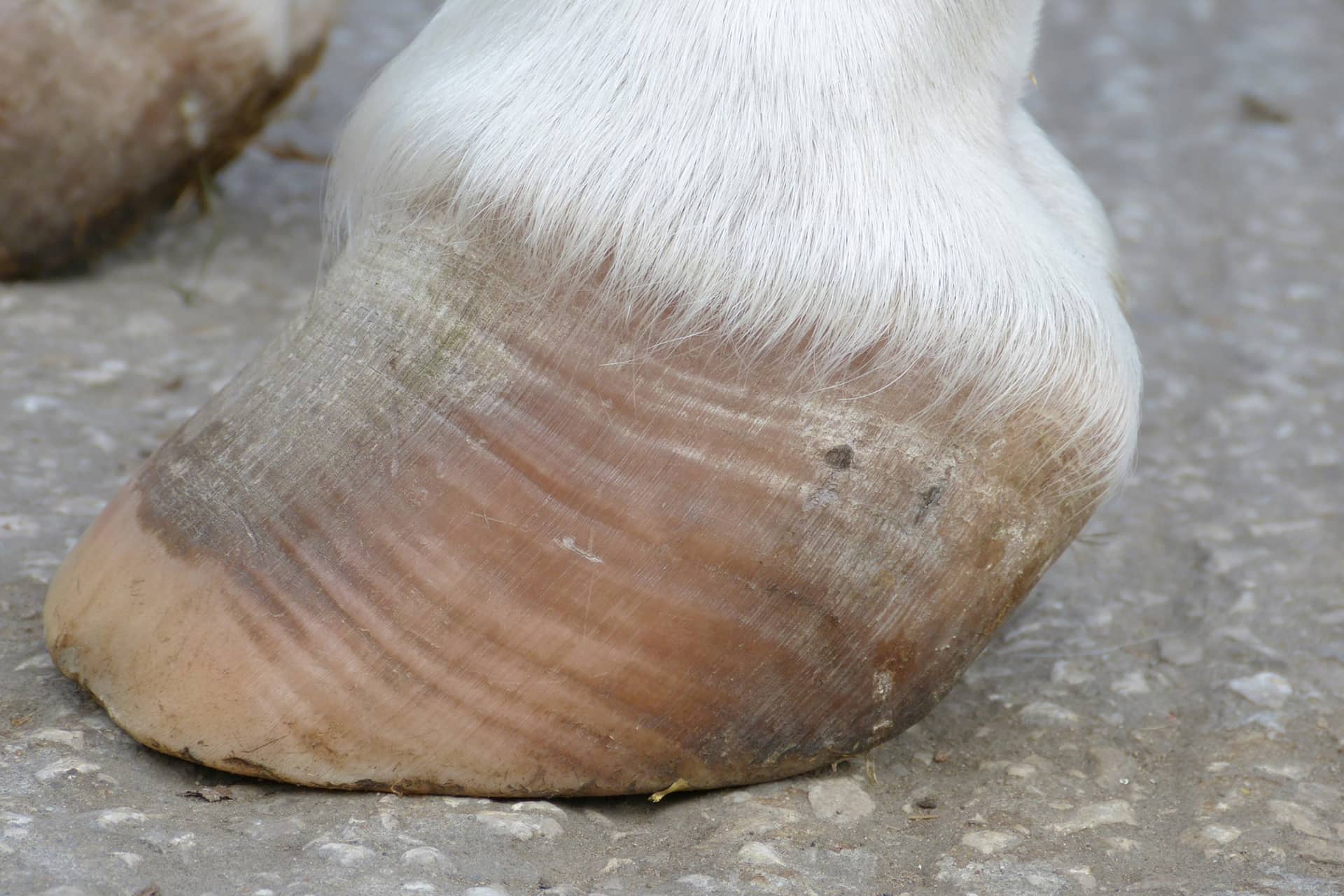Endocrinology
Our hospital team of specialists are at the forefront of research on equine endocrinology including Professor Harry Carslake, who completed his PhD on Equine Metabolic Syndrome (EMS). We offer a comprehensive range of diagnostic testing and individualised treatment and monitoring plans based on case assessment and discussions with owners and their veterinary surgeons.
PPID (Pituitary Pars Intermedia Dysfunction)
PPID, or Cushing’s disease, affects many older horses and ponies. This condition causes affected horses to develop long, curly coats, muscle loss, and laminitis. Testing for PPID typically involves blood tests to measure hormone levels. Management includes the use of drugs such as pergolide to control hormone levels, along with dietary management to prevent complications such as laminitis.
Equine Metabolic Syndrome (EMS)
EMS is another common cause of laminitis, characterised by insulin resistance and obesity. Horses with EMS require careful management, including diet and exercise plans tailored to reduce body weight and improve insulin sensitivity. Testing for insulin levels helps confirm the diagnosis, and our team of internal medicine specialists is available to provide expert advice and management.
Endocrine associated laminitis
Laminitis is commonly associated with EMS and PPID. We have some of the leading experts in equine hormone research. We provide a holistic, multidisciplinary and evidence-based approach to these cases. This involves combining internal medicine and orthopaedic team expertise in conjunction with our hospital farriers to manage both the metabolic and mechanical aspects of laminitis management in each case.
Reproductive disorders
Ovarian disorders
Mares can develop a range of conditions associated with the ovaries which may be associated with a range of clinical signs. This can range from abnormal cycling behaviour to signs of aggression, and resentment to being ridden or recurrent signs of colic. Diagnostic tests include ultrasound and blood tests to assess for any hormonal imbalances and to assess the ovaries and uterus. Based on the results of tests, we offer both medical and surgical options tailored to the needs of your horse.
Granulosa cell tumours are one of the most common tumours of the ovary but other less common tumours and other masses can also develop. If surgery is required, we can perform laparoscopic ovariectomy to remove the affected ovary. This avoids the need for general anaesthesia and allows mares to recover more quickly following surgery with fewer complications. In cases where a larger ovarian tumour is present or where the uterus is involved, more complex surgery may be necessary. This may involve a combination of laparoscopic and conventional abdominal surgery to remove the ovaries and uterus (ovariohysterectomy).
Retained testicular tissue (‘Rigs’)
Retained testicles (cryptorchidism or ‘rigs’) is common in male horses. Affected horses often show stallion-like behaviour and can be fertile. Where testicles are retained within the abdomen, these can also develop into tumours over time and so removal is usually indicated.
We can perform a comprehensive range of assessments to confirm the presence of retained testicles and options for surgical removal of these. Depending on the location of the retained testicles and the temperament and size of the horse or pony, surgery can be done standing or under general anaesthesia. This may involve laparoscopic surgery where the testicles are located within the abdomen.
